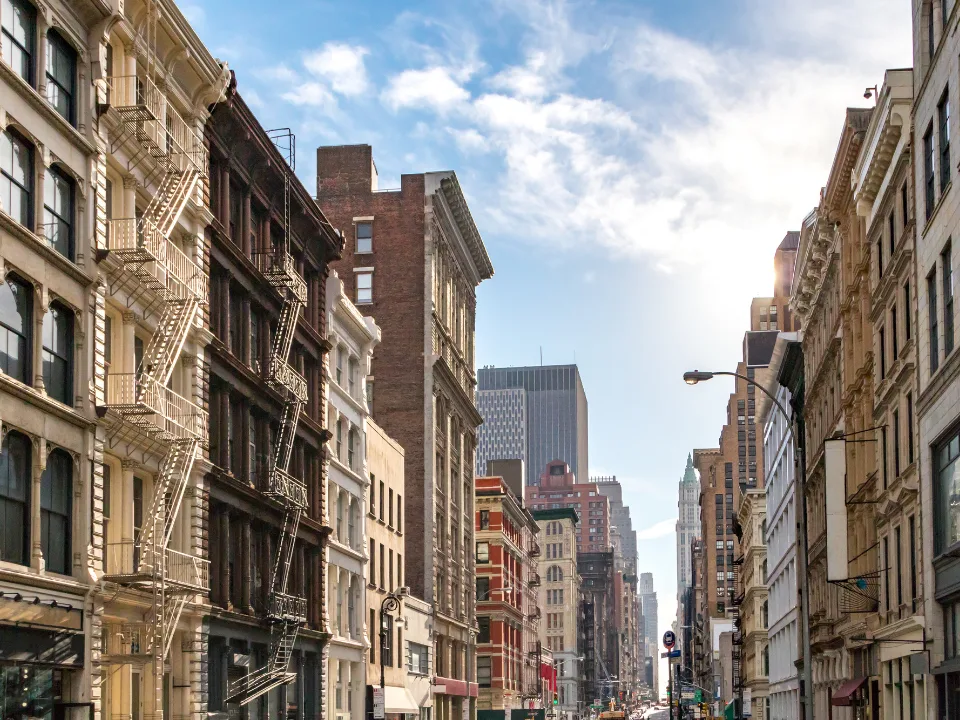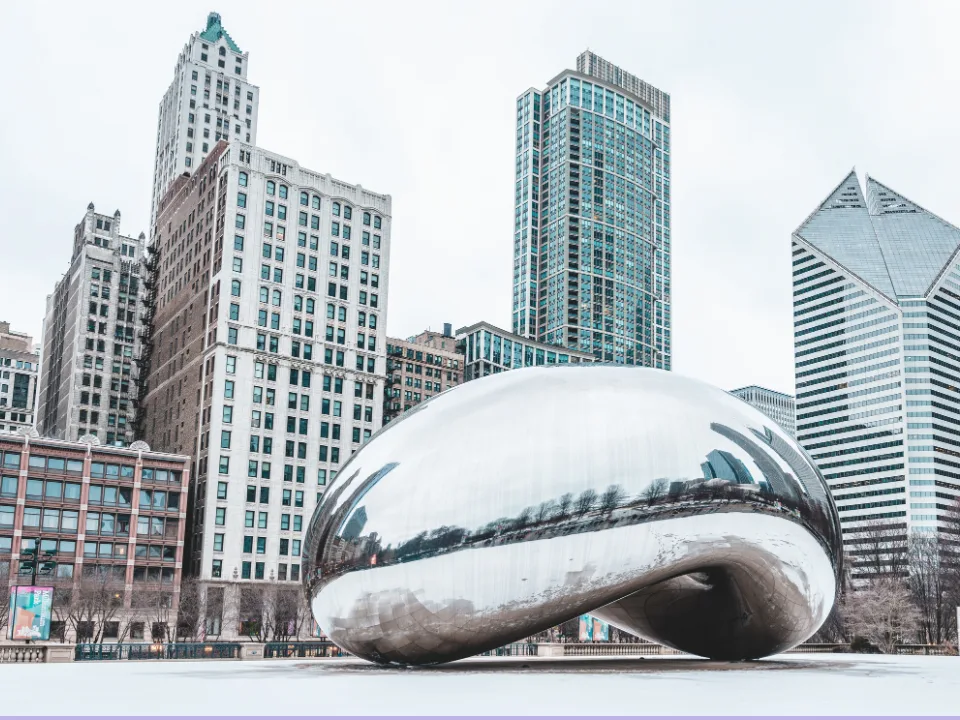- Adaptive reuse is gaining traction as a solution for housing shortages by converting older commercial buildings into residential use.
- Ideal properties have shallow floorplates, high ceilings, and natural light, reducing costly structural changes.
- Recent successful projects in NYC show adaptive reuse can deliver faster timelines and community benefits.
- Public-private partnerships and financial incentives are key to making adaptive reuse projects viable.
Conversions Catching On
Across US cities, underused commercial buildings are being reimagined as apartment complexes to help address the nation’s persistent housing crisis, reports Multi-Housing News. Developers and policymakers alike are leaning into adaptive reuse—especially when full demolition or ground-up construction isn’t feasible.
According to Udi Kore, co-founder of Avenue Realty Capital, the best properties for adaptive reuse include older office buildings, hotels, and industrial structures that offer flexible layouts. These spaces often feature the open floorplans, high ceilings, and large windows that residential projects demand.
What Works—And What Doesn’t
Yet not all buildings are adaptable. Many older offices were designed with deep floorplates and minimal window exposure, making it difficult and expensive to retrofit them for residential use. CEO Matt Linde says adding central light wells, often needed in conversions, can be too expensive to justify.
In contrast, old schools often prove to be ideal. Their layouts—typically double-loaded corridors and generous ceiling heights—easily translate to modern apartments.
Get Smarter about what matters in CRE
Stay ahead of trends in commercial real estate with CRE Daily – the free newsletter delivering everything you need to start your day in just 5-minutes
The Hartby
Property Resources Corp. and Avenue Realty Capital teamed up to convert a former Catholic college in Brooklyn into The Hartby, a 205-unit apartment building at 788 Willoughby Avenue. Leasing began in April, with about a third of the units marked as affordable at 130% of AMI.
The project preserved historic architecture, including arched windows and exposed brick. It added modern finishes and amenities like lounges, a gym, rooftop access, and EV charging.
Queens Success Story
In South Jamaica, Queens, Slate Property Group and RiseBoro Community Partnership transformed the former JFK Hilton Hotel into the Baisley Pond Park Residences, offering 318 affordable apartments. Completed in 18 months, the project features green space, social services, and modern shared amenities.
The Real Challenges
Despite their appeal, conversion projects aren’t always smooth. Linde warns that adaptive reuse can be more complicated than new construction, thanks to hidden structural issues and outdated infrastructure. Developers often face challenges related to zoning, fire codes, plumbing, and HVAC upgrades.
Even with historic tax credits and other incentives, not every project pencils out. As Kore notes, the key lies in structural compatibility and economic feasibility—without both, adaptive reuse becomes a financial risk.
Looking Ahead
With cities like New York rolling out initiatives like City of Yes to streamline conversion approvals, the trend is expected to grow. But the future of adaptive reuse depends on developers identifying the right buildings, tapping into financial incentives, and navigating complex regulatory terrain.
Adaptive reuse delivers faster timelines, reduced environmental impact, and revitalizes aging buildings—when the structure and economics align.















